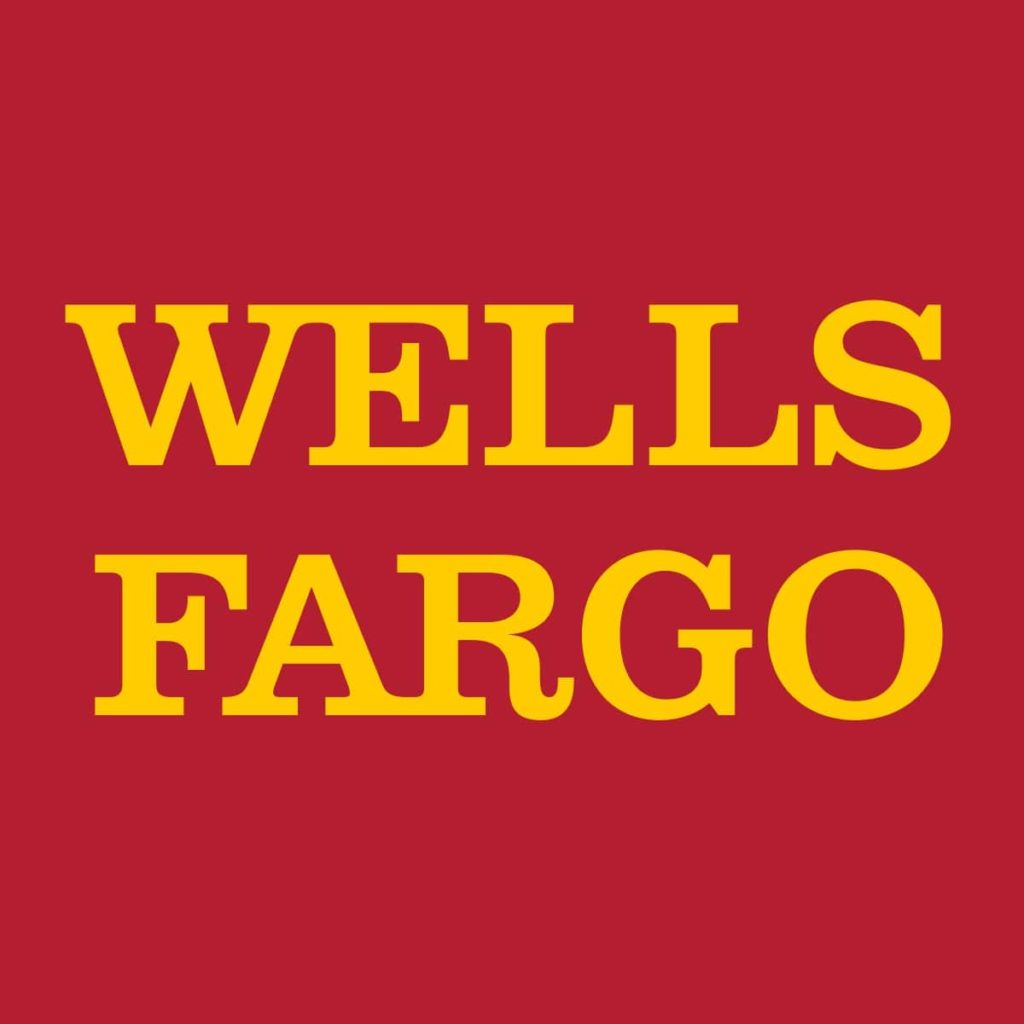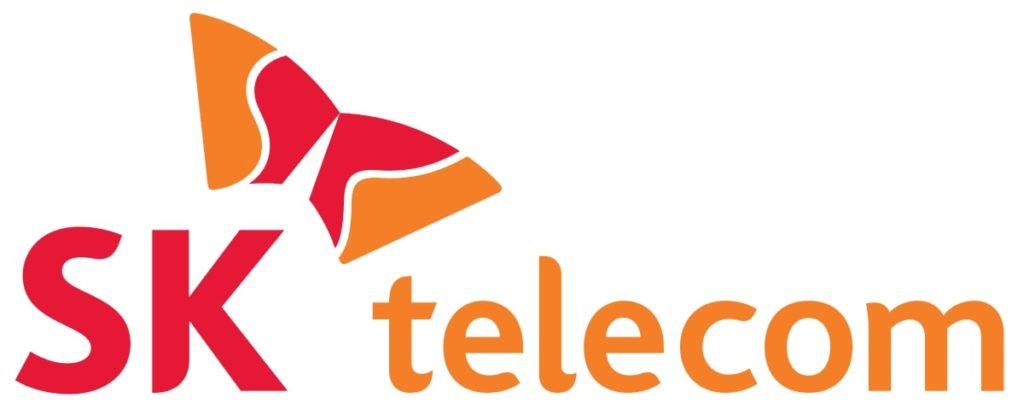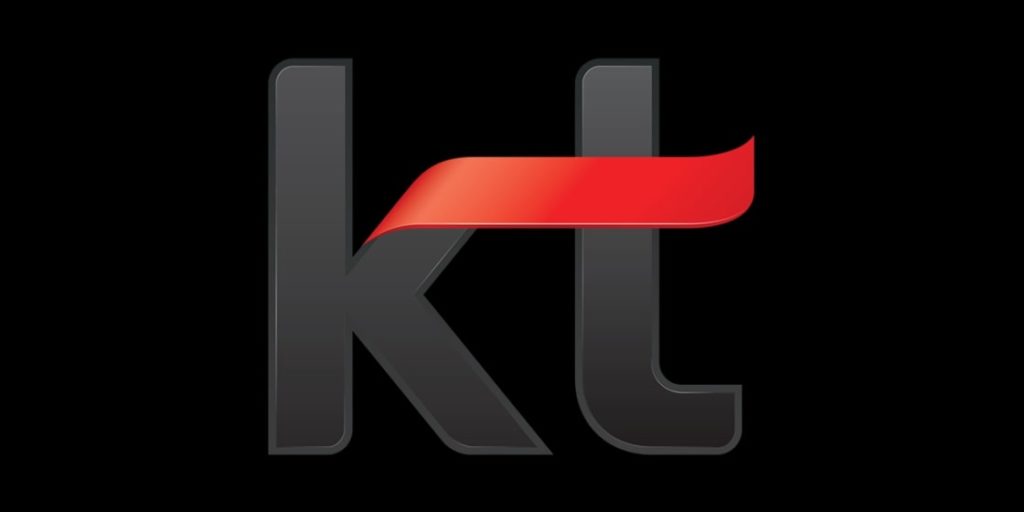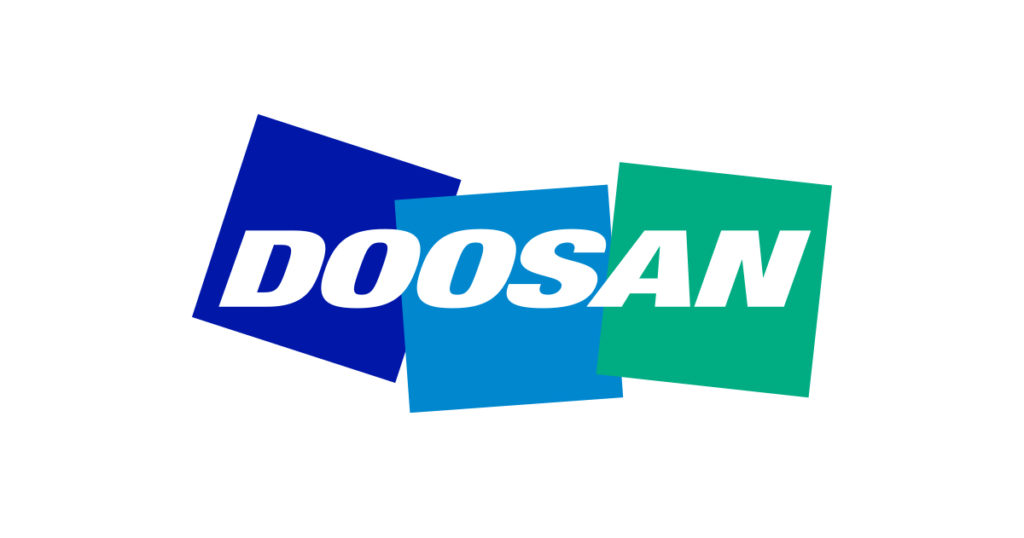Sanyo Electric – Story of a Japanese Company Which has Become a Subsidiary of Panasonic.
The foundation story of Sanyo Electric dates back to the late 1940s when Toshio Lue started his entrepreneurial journey. Sanyo Electric was officially launched in 1949 and its headquarters were based in Moriguchi, Osaka, Japan. In 2009, the company became a subsidiary of Panasonic when the latter acquired a 50.2 percent stake in Sanyo. Currently, the company operates under Panasonic and it is flourishing in the electronics industry. Some of the main products sold by the company are dry batteries, cellular phones, and consumer electronics. When the company was independent it had more than 230 subsidiaries and was a member of Fortune Global 500.
Origin of Sanyo Electric
Toshio Lue, before founding Sanyo Electric, was an employee at Matsushita (now Panasonic Corporation). He was the brother-in-law of the founder of Matsushita and he started building his business in an unused company plant lent to him. He started working for his start-up in 1947 and finally incorporated it after two years. In 1952, Sanyo Electric made the first plastic radio of Japan, and then in 1954 rolled out the nation’s first pulsator type washing machine. Being the first company to launch new electric appliances in the nation got Sanyo on the radar.
From the early 1970s, the company eventually planned to expand overseas and entered the American market. The demand for Sanyo’s products increased in the North American market when it started selling a vast range of consumer electronics like car stereos and home audio equipment. Sanyo started marketing extensively through television-based advertising. The expansion of Sanyo in the American market was possible because of Howard Ladd who became Executive Vice President and COO of the company in 1969.
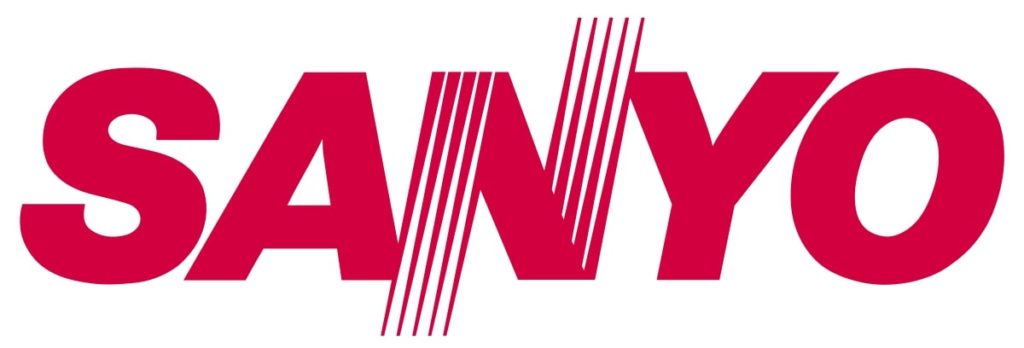
Expansion of Business
Under the leadership of Ladd, Sanyo didn’t just expand geographically but also started acquiring many companies and bringing more diversity. In 1977, Sanyo Electric decided to buy Fisher Electronics and completed the acquisition in the same year. Fisher became a subsidiary of Sanyo Electric and also turned into a million-dollar company in the sphere of consumer electronics. After the merger of Fisher Corporation of Sanyo, Ladd was made the CEO of the company and he remained the same till 1987.
In 1976, the company bought the television business of Whirlpool Corporation to make its presence more vivid in North America. But before that, the company suffered a bit of damage in the video sector. This happened because the company’s decision to use Sony’s Betamax VCR format didn’t turn out to be much profitable. Sanyo also acquired Warwick Electronics in 1976 which was known for television manufacturing. In the 1980s, the company also started selling personal computers but it lacked compatibility and hence disappeared from the market very soon. A merger between Fisher and Sanyo’s US affiliate took place in 1986 which made the company much more efficient but at the same time, some of the key executives of the company including Ladd quit Sanyo.
Acquisitions of Sanyo
The company suffered tremendous losses when it was hit by the Chuetsu earthquake in 2004. After a year, financial results showed that the company suffered a loss of 205 billion yen due to the earthquake. This called for a restructuring plan for Sanyo but the profits made by the company were insignificant as compared to the massive loss. In 2006, the company announced that the losses continued which led to several lay-offs. Eventually, the mobile phone division of the company was acquired by Kyocera, a ceramics and electronics manufacturer. In November 2008, Panasonic and Sanyo started discussing the buy-out agreement and after a year, Panasonic successfully acquired a majority stake in Sanyo and made it one of its subsidiaries. In 2010, Panasonic acquired the remaining shares in the company and decided the brand name of Sanyo will be terminated. But today there are still some electronics where the brand name of Sanyo is valuable.
About the Founder
Toshio Lue, before becoming the founder of Sanyo Electric, worked at Matsushita Electric Work in a growth and development role. Prior to that, Lue served in the Japanese military but stepped down after Japan’s defeat in World War II. After he resigned from Matsushita, he founded Sanyo Electric and he named his firm Sanyo because it meant “three oceans” in Japan. And, Lue’s goal was to expand Sanyo across Indian, Pacific, and Atlantic Oceans.

Annasha Dey is an NIT student, who apart from studying engineering is also a content writer. She has a great interest in photography, writing, reading novels, and travelling as well. She is a foodie who loves socializing and hanging out with her friends. She is also a trained Kathak dancer and a big fashion enthusiast. Dey also loves watching TV series, which includes F.R.I.E.N.D.S. and Big Bang Theory. To be a better writer she prefers to read more
